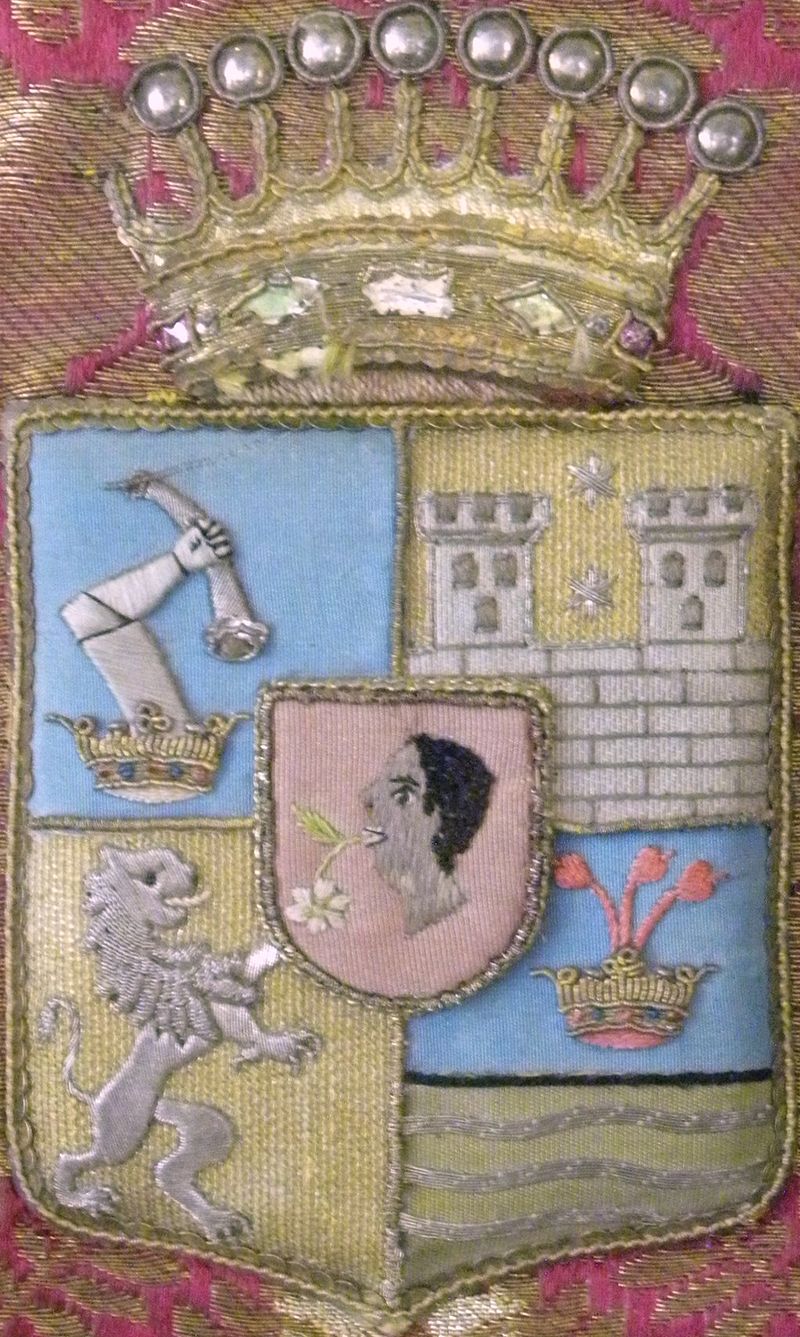
The Apponyi family, also Apponyi de Nagy-Appony, was a prominent family group of the upper nobility of the Kingdom of Hungary, some of whose members remained notable after that kingdom’s dismemberment in the successor states of Hungary and Czechoslovakia. While tracing its origins to the High Middle Ages, the family became prominent in the 18th century with its elevation to the rank of Counts of Nagy-Appony in 1739 and the acquisition of several large domains between 1760 and 1800. In the last century of the Habsburg Monarchy, three of its members received the Order of the Golden Fleece, a total only surpassed among the Hungarian nobility by the houses of Esterházy (7), Batthyány, Cziráki [de] and Pálffy (4 each). In addition, Albert Apponyi received the Order in 1921 shortly after the end of the monarchy.
The family’s name refers to Appony, now Oponice, a village located North of Nitra in present-day Slovakia, in which the family established itself in the late 14th century. Nagy-Appony (“Greater Appony”) is the southern part of the village, which was long ruled by the Apponyi family.
Many Apponyis were active in the military, politics, and/or the Catholic Church, as was customary in Hungarian aristocratic families. More distinctive of the Apponyi family was its tradition of Diplomacy for the Kingdom of Hungary then the Habsburg Monarchy, and briefly for Interwar Hungary in the significant case of Albert Apponyi. Bibliophilia was another distinguished Apponyi family tradition, the most prominent legacy of which is the Apponyi Library, now a part of the Slovak National Library and still located in the former Apponyi Castle in Oponice.